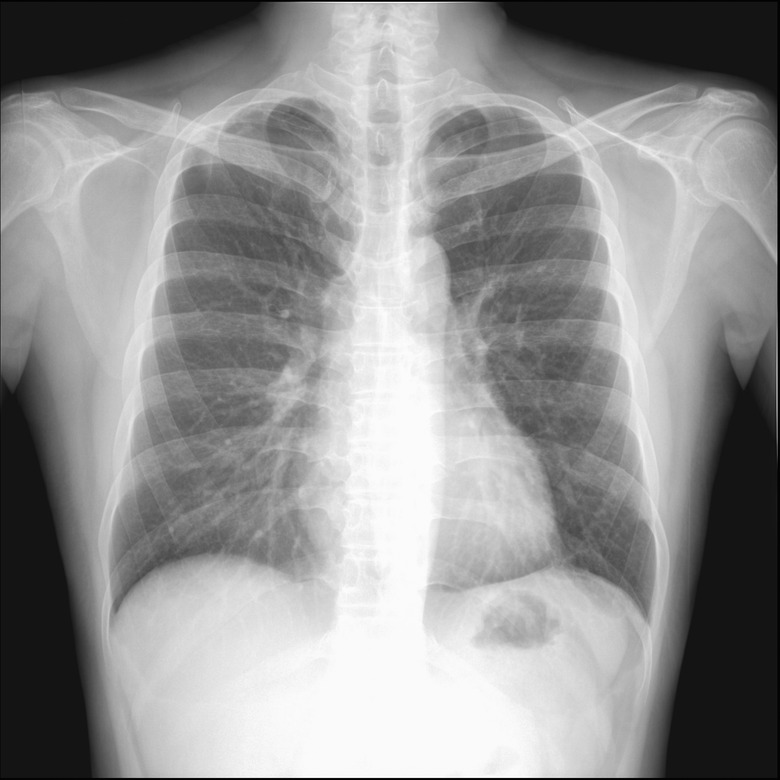Where Does Respiration Occur?
The chemical reaction called respiration is vital for the growth, repair and survival of all living things. Respiration happens in the cells of plants, animals and humans, mainly inside mitochondria, which are located in a cell's cytoplasm. The energy released during respiration is used by plants to make amino acids, and by animals and humans to contract their muscles to let them move. Don't confuse respiration with breathing. Respiration releases energy, while breathing is the flow of air into and out of our lungs.
Cellular Energy Factories
Cellular Energy Factories
Most of the work behind respiration happens in the mitochondria of cells. The energy-rich molecule adenosine triphosphate (ATP) is made in the mitochondria using energy from the sun (for plants) or food (for animals and humans). All living cells have mitochondria, some more than others. Fat cells have many mitochondria because they store large amounts of energy. Muscle cells also have many mitochondria because they have to react quickly to release energy when the body needs it.
Photosynthesis and Respiration
Photosynthesis and Respiration
Respiration in plants happens alongside another chemical reaction, photosynthesis. Plants are autotrophs, meaning they make their own food using carbon dioxide, water and energy from the sun. During photosynthesis, a plant takes in carbon dioxide from the air and water from its environment through tiny holes in its leaves, flowers, stems, roots and branches. Energy from the sun causes a chemical reaction in the mitochondria that breaks down the carbon dioxide and water molecules and recombines them around to make sugar (glucose) and oxygen gas. Respiration needs glucose as a starting point. It uses the glucose created by photosynthesis and takes oxygen from the air to release energy.
Aerobic vs. Anaerobic Respiration
Aerobic vs. Anaerobic Respiration
Aerobic respiration happens all the time inside all living things. This type of respiration uses oxygen and glucose to produce carbon dioxide and water as waste products and release large amounts of energy. Plants store glucose as starch, but humans and animals store it as glycogen, which converts back to glucose for use during exercise when the muscle cells respire more than they do at rest.
During high-intensity exercise, humans and animals rely on anaerobic respiration to get small amounts of energy to fuel muscle movement. Like aerobic respiration, anaerobic respiration occurs in cells, but glucose does not completely break down. The waste product is lactic acid, not carbon dioxide and water. Blood flowing through the muscles removes the lactic acid. Some plant cells and microorganisms also use anaerobic respiration. For example, brewing and bread-making use anaerobic respiration in yeast. The cells take in glucose and produce ethanol (alcohol) and carbon dioxide. Most aerobic respiration happens in the mitochondria, but anaerobic respiration takes place in the fluid portion of the cytoplasm.
Cite This Article
MLA
Gillespie, Claire. "Where Does Respiration Occur?" sciencing.com, https://www.sciencing.com/respiration-occur-5895064/. 13 April 2018.
APA
Gillespie, Claire. (2018, April 13). Where Does Respiration Occur?. sciencing.com. Retrieved from https://www.sciencing.com/respiration-occur-5895064/
Chicago
Gillespie, Claire. Where Does Respiration Occur? last modified August 30, 2022. https://www.sciencing.com/respiration-occur-5895064/
